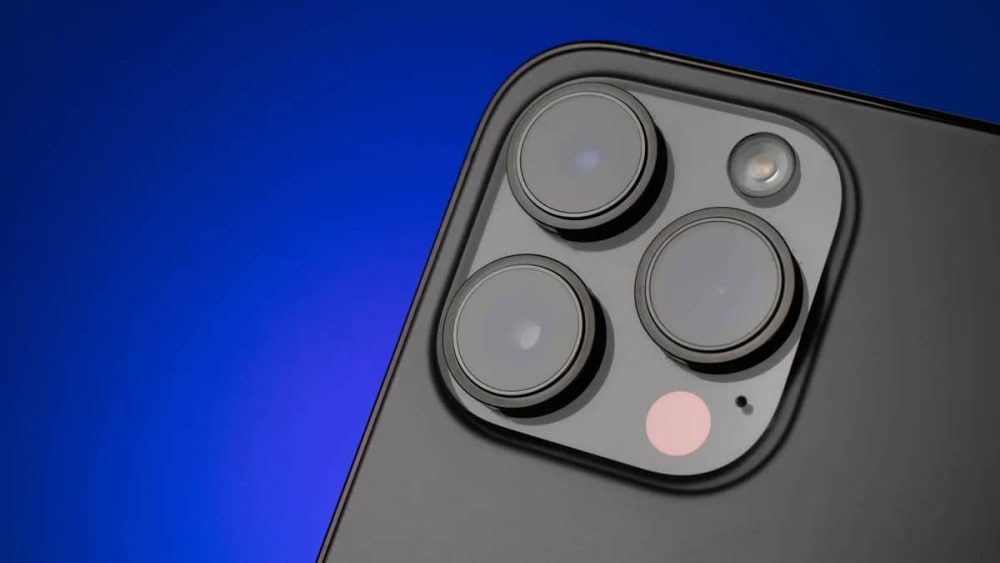While the current vanilla iPhone models remain limited to a 12MP resolution, the upcoming iPhone 15 and 15 Plus are set to bring a significant improvement with 48MP main sensors.
Interestingly, renowned analyst Ming-Chi Kuo suggests that this new sensor will outperform the one featured in the iPhone 15 Pro models.
It’s worth noting that the iPhone 15 Pro and 15 Pro Max are expected to retain the same sensor used in the previous year (Sony IMX803). However, the vanilla iPhone 15 models will lead the way as the first to incorporate Sony’s latest stacked image sensor design, promising enhanced photography capabilities.
Stacked Image Sensors
In a “stacked” configuration, the photodiode and transistor for each pixel are arranged in two distinct layers, one atop the other. In contrast, conventional sensors place them side by side, leading to limited space for both components. This technology allows the stacked camera sensor to capture nearly double the amount of light than regular sensors, enabling incredible dynamic range.
ARVE Error: src mismatchprovider: youtube
url: https://youtu.be/1N-Z1nEF2wo
src in org: https://www.youtube-nocookie.com/embed/1N-Z1nEF2wo?feature=oembed&modestbranding=0&showinfo=0&rel=0&autoplay=1
src in mod: https://www.youtube-nocookie.com/embed/1N-Z1nEF2wo?modestbranding=0&showinfo=0&rel=0&autoplay=1
src gen org: https://www.youtube-nocookie.com/embed/1N-Z1nEF2wo
For the upcoming X100 series, Vivo plans to utilize the Sony Lytia LYT800 sensor, boasting a 1/1.43″ size, which delivers performance akin to a 1″ sensor with a traditional design.
As per the analyst’s timeline, the stacked sensors will be introduced to the Pro models in the following year, namely the iPhone 16 Pro and 16 Pro Max. Apple can still differentiate its cameras using other factors, such as sensor size and the type of image stabilization employed.
Moreover, in this generation, the iPhone 15 Pro Max will stand out as the sole model featuring a periscope camera system, proving that the camera enhancements go beyond just the main sensor.
Looking ahead to the iPhone 16 Pro Max, an exclusive “super telephoto” periscope is expected to be introduced, further elevating the device’s photography capabilities.
Kuo cautions that the supply of stacked Sony sensors will remain limited until 2025, as Apple will be acquiring them in large quantities to manufacture tens of millions of iPhones. This may pose challenges for other smartphone manufacturers seeking to secure the same sensors for their devices.






















